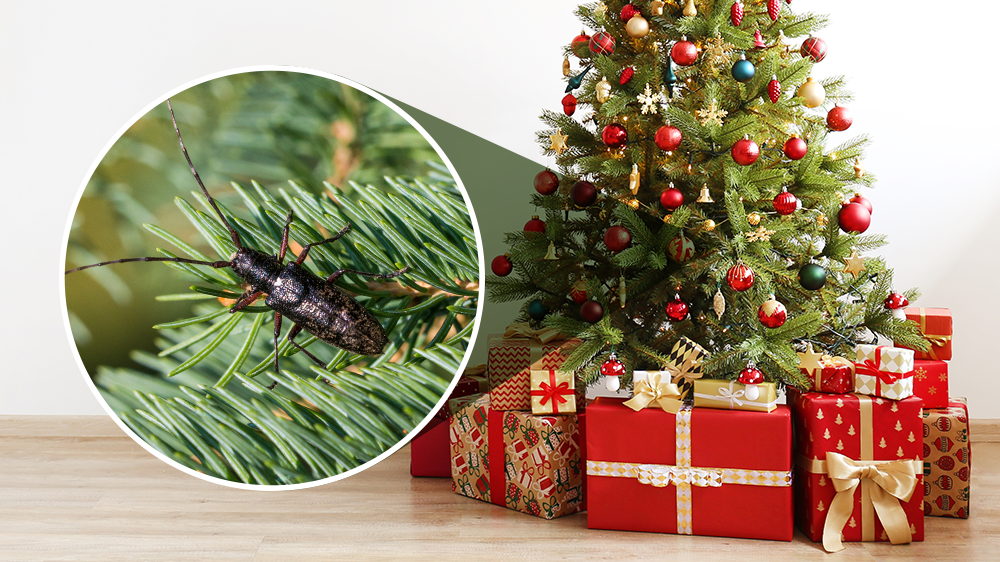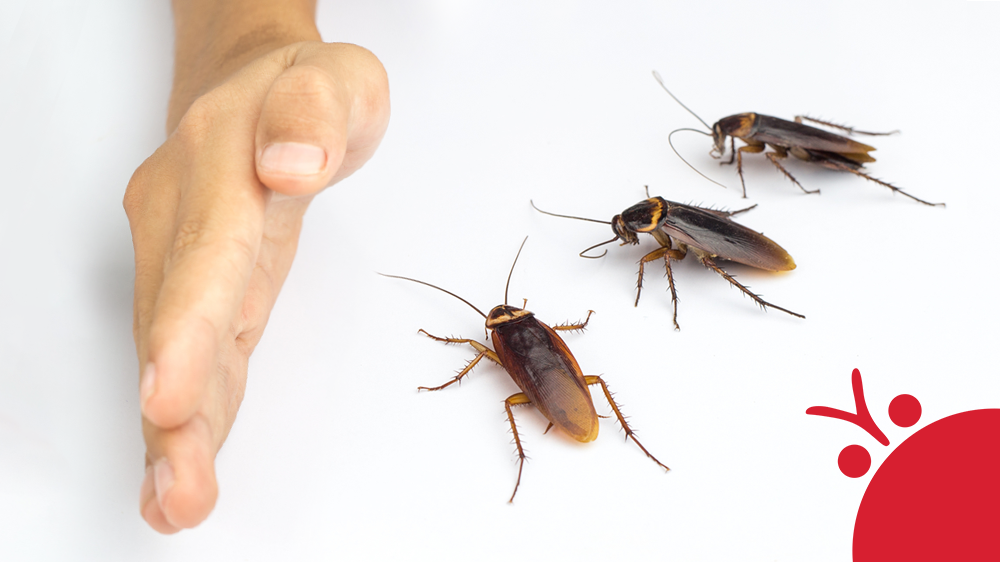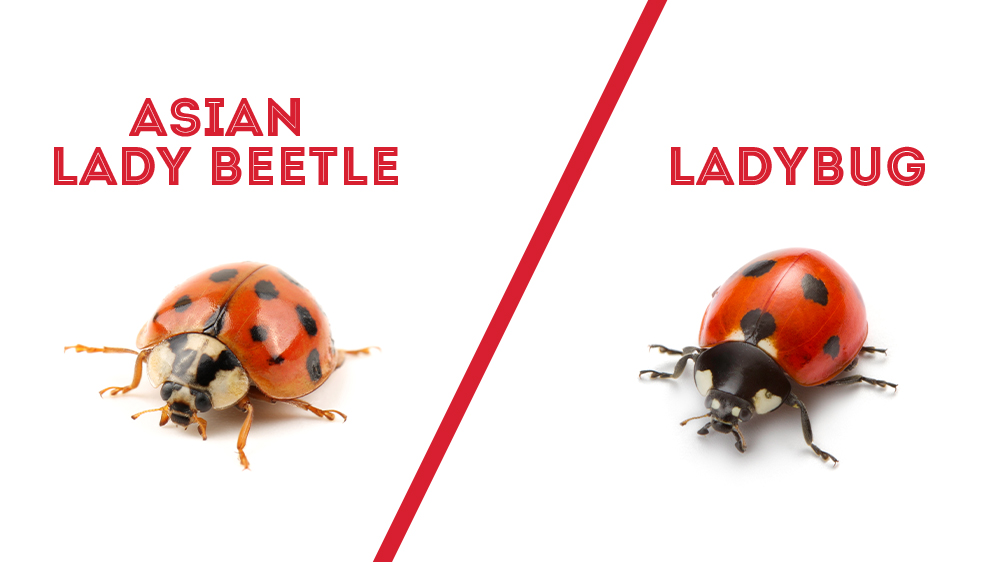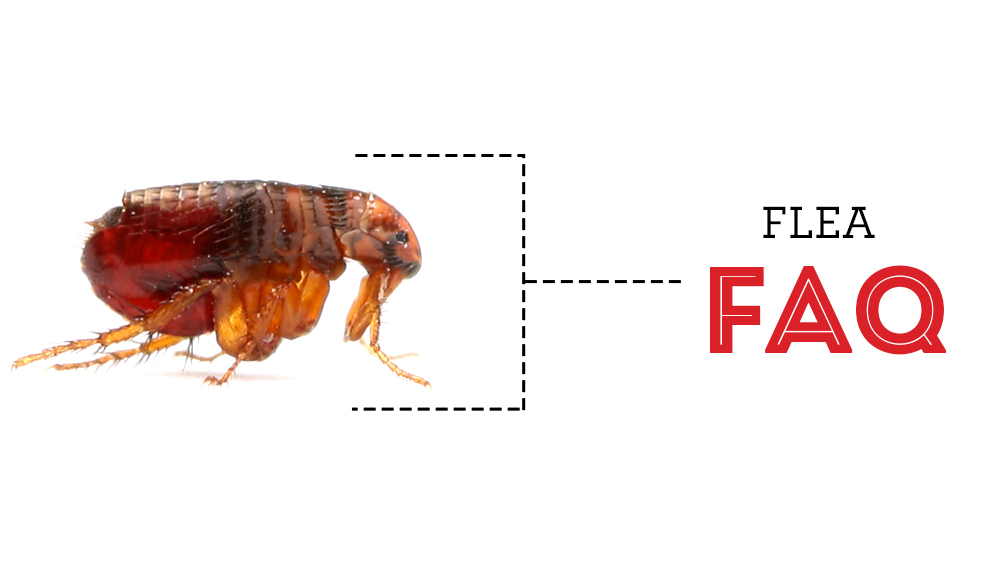
Choosing a live Christmas tree adds a rustic, festive charm to your holiday season, but it can also bring along a few uninvited Christmas tree bugs. In Southern Louisiana, the region’s warm, humid climate means that certain insects are more likely to take up residence in your tree before it ends up in your living room. While these bugs are generally harmless, it’s good to know what to watch out for and how to manage them.
Aphids: Common Christmas Tree Bugs
Aphids are one of the most common insects found in Christmas trees. These tiny, pear-shaped bugs are usually less than a quarter of an inch long and can appear green, brown, or black. They often hide in the needles or branches of trees and are usually clustered in small groups. Aphids are not harmful to humans or pets, but they can produce a sticky residue called honeydew, which can create a mess if left unchecked.
Spiders: Nature’s Pest Control
Live trees can also harbor spiders, which find shelter in the branches and feast on smaller bugs. Southern Louisiana is home to orb weavers, cobweb spiders, and house spiders, any of which might accompany your tree indoors. These arachnids are not dangerous and are more interested in hunting other pests than interacting with humans.
Pine Needle Scale: The Snowflake Imposters
Pine needle scale insects are another pest that might hitch a ride on your tree. These small, white bugs resemble tiny flecks of snow on the needles, blending into the festive season’s aesthetic. While they won’t harm humans or pets, they can weaken the tree’s needles if present in large numbers.
Bark Beetles: The Quiet Burrower
Bark beetles, small insects that tunnel under the bark of trees, are sometimes found in live Christmas trees. While these pests are more commonly found in forested areas, they occasionally make their way into pre-cut trees. Look for tiny holes in the bark as an indication of their presence. Although they won’t infest your home or cause significant damage, they are a nuisance you’d rather avoid.
Praying Mantises: Seasonal Christmas Tree Bugs
Praying mantis egg cases can sometimes be found in Christmas trees, particularly if the tree was cut in a natural forest environment. The egg cases look like small, brownish-gray lumps attached to branches. If left indoors, the warmth of your home might cause the eggs to hatch, releasing dozens of tiny mantises.
Preventing Christmas Tree Bugs
To avoid bringing these critters into your home, take some precautionary steps. Before bringing your tree inside, give it a good shake to dislodge any insects. Thoroughly inspect the tree for signs of pests, such as egg sacs, webbing, or holes in the bark. If possible, leave the tree in your garage or porch for 24 to 48 hours to give bugs time to vacate.
Finally, consider spraying your tree with a non-toxic insecticide designed for plants before decorating. These simple precautions can help ensure your tree remains a festive centerpiece, free of unexpected guests.
Enjoy your live tree and the holiday season with peace of mind, knowing you’ve taken steps to keep pests at bay.
If you need help with these annoying bugs, learn more about our Pest Control Services.





